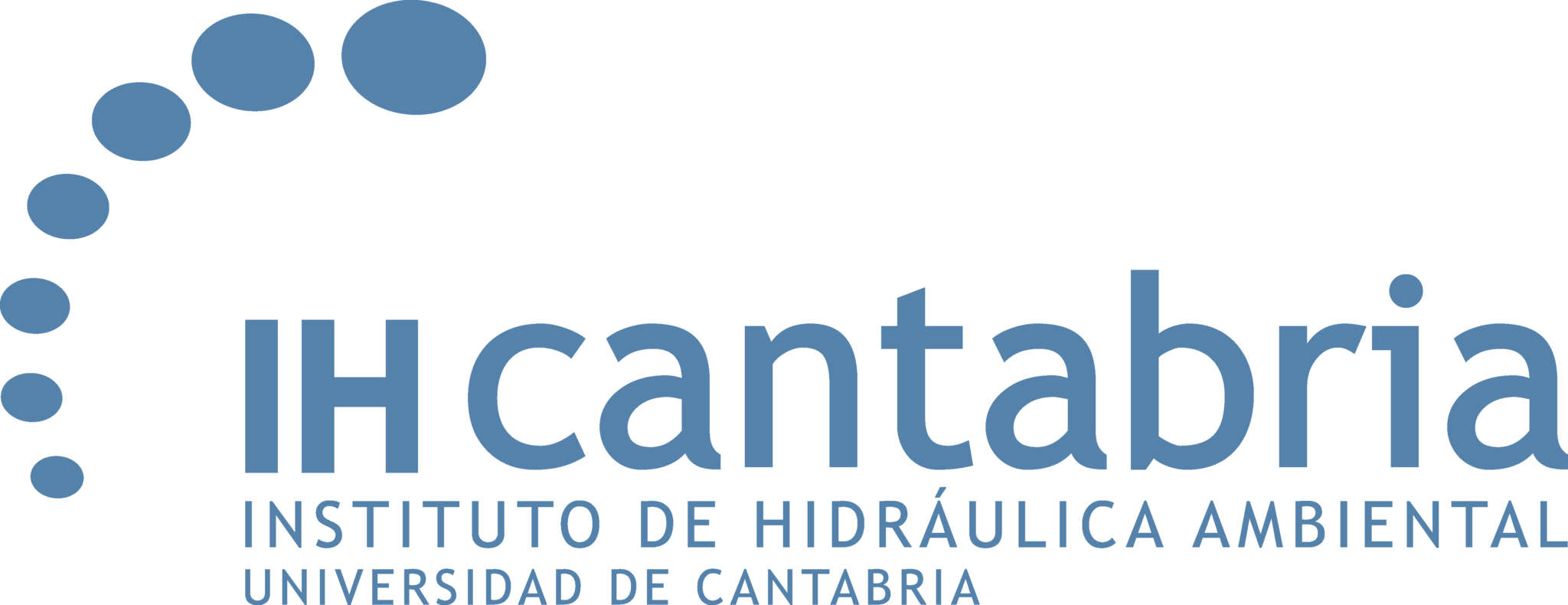IHCantabria starts SALIENTS project to analyze the response of the shoreline with submerged free-standing structures
The Institute of Environmental Hydraulics of the University of Cantabria(IHCantabria) has held this week the kick-off meeting of the project “Analysis of the response of the coastline with submerged free-standing structures” (SALIENTS), whose development is funded by the Ministry of Science, Innovation and Universities -through the call for Knowledge Generation 2023 of the State Research Agency- and co-financed by the European Union through the ERDF.
The main objective of the SALIENTS project is to develop a model capable of predicting the long-term evolution of the coastline protected by submerged free structures, as part of a climate change adaptation strategy.
For its execution, IHCantabria has an international and multidisciplinary work team, which will be in charge of collecting data from beaches protected by this type of structures, in addition to conducting physical experiments at the Hydraulics Laboratory of the University of Cantabria and developing advanced numerical simulations, with the application of artificial intelligence.
These efforts are aimed at improving the understanding of coastal morphodynamic processes and providing robust tools for coastal management, especially to mitigate erosion and the effects of climate change on beaches.
Free-standing structures are characterized by the fact that they extend approximately parallel to the coast without coming into contact with it (they are completely surrounded by water).
When they emerge they generate a visual impact on the coast, which can be avoided by reducing their crown level below the water level.
In this case, they are called submerged and coral reefs are a natural example of this type of structure.
Traditionally, engineering solutions have focused only on the design of beaches sheltered by raised freestanding structures, but this is changing and there is a need to improve knowledge and develop tools to implement solutions with submerged freestanding structures.
“The lack of reliable models to predict the response of the coast to the presence of these submerged structures is a gap that this project seeks to fill,” says predoctoral researcher Arnau Garcia Tort, who participates in the development of the SALIENTS project to obtain information to support the development of his doctoral thesis.
The SALIENTS project, led by the Coastal Engineering and Management Group of IHCantabria, will have an interdisciplinary team composed of national and international experts, including researchers from Brazil, Taiwan, Australia, Korea, France and the United Kingdom.
The SALIENTS kick-off meeting discussed the work plan and coordinated the steps to be followed to ensure the successful development of this project, which is divided into the following phases: data collection from beaches protected by submerged free-standing structures, laboratory experiments, advanced numerical simulations, application of artificial intelligence techniques, and development and validation of a model for predicting the shape of the coastline sheltered by submerged free-standing structures.
The expected results of this project include the creation of an advanced model capable of predicting the long-term response of the coastline protected by free-standing submerged structures.
In addition, it is expected to generate a global database of beaches protected by these structures, perform physical laboratory experiments to validate the numerical models, and develop new tools based on artificial intelligence for the analysis of coastal morphodynamics.
“These results will provide a better understanding of the interaction between submerged structures, coastal dynamics and coastal morphology, as well as innovative solutions for the protection and sustainable management of coasts with minimal visual impact and providing benefits for local ecosystems and biodiversity,” said one of the researchers of this project, Erica Pellón de Pablo.
The results of SALIENTS are expected to have a significant scientific and technological impact, as “it will provide new tools to predict coastal changes in areas protected by submerged structures, as well as help in the design of these nature-based solutions that mimic coral reefs to provide coastal protection.
On a social and economic level, the methodologies and model developed from the SALIENTS project will provide key tools to manage the coast in a sustainable manner, which will minimize erosion risks and promote resilience to climate change,” explains Paula Gomes Da Silva, principal investigator (PI) of this project, which also offers to contribute to the conservation of marine biodiversity.
The SALIENTS project is aligned with national and international climate change adaptation strategies.
It promises to provide crucial tools for Spanish authorities and companies to assess the effects of submerged free-standing structures on the position of the coastline.
In addition, this project will contribute to the protection of marine biodiversity and the development of sustainable practices in coastal management.




